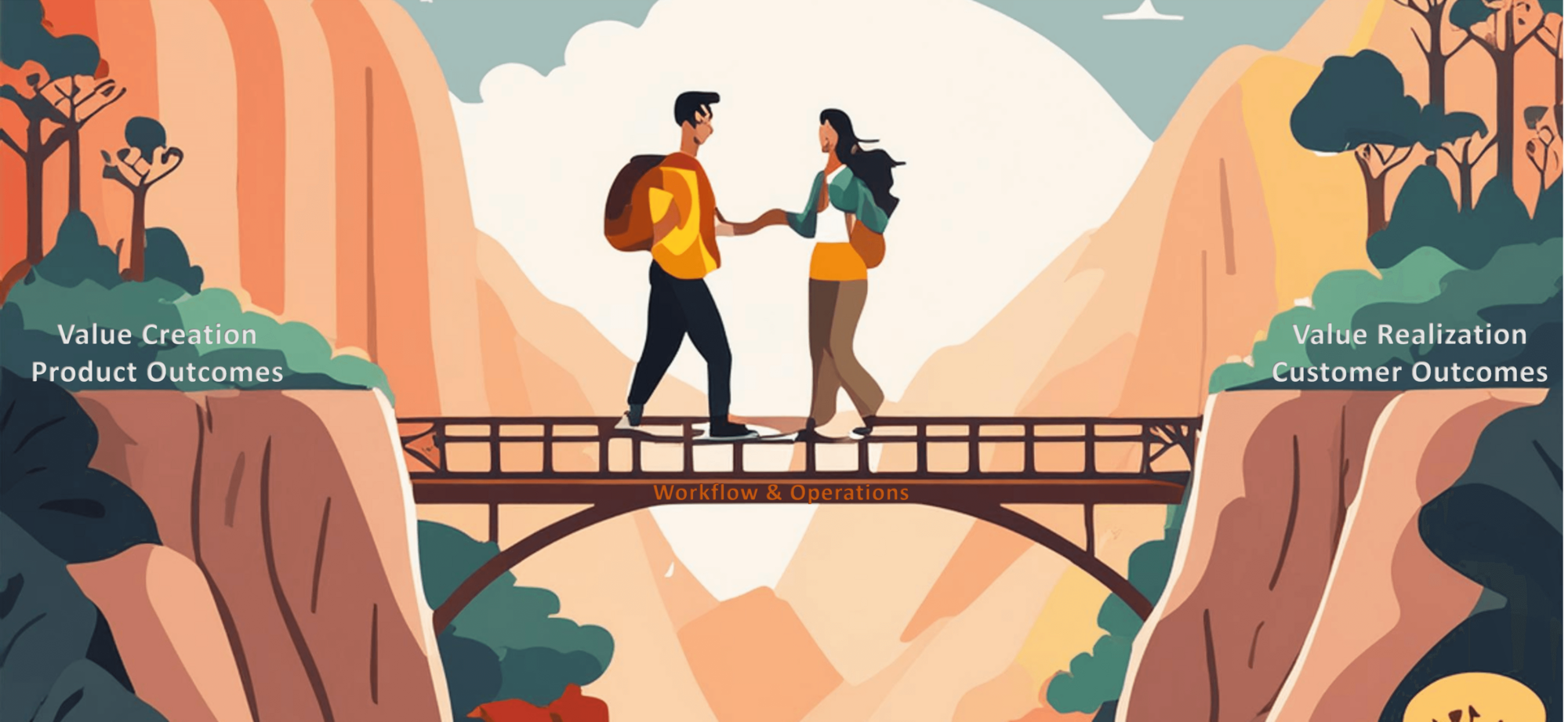During the COVID-19 pandemic, much of the globe’s onsite workforce shifted to being fully remote. This ‘new normal’ highlighted that communication and shared project visibility is essential to the success of every organization.
Issues in the product development process
In the development of complex products, systems, and software, if you don’t have properly implemented communication channels and protocols, you’re more likely to run into issues. Doing so may result in facing negative outcomes across the development process. It magnifies the need to improve requirements development and management in your business model.
Numerous industry studies indicate that requirements issues are a cause of product distress. If you consider how your company’s bottom line is affected by requirements-related problems, it becomes easy to justify investing in better practices.
Errors in requirements are so damaging because they’re often found late in the process. Consequently, teams spend valuable time and resources to correct the errors. An omission or misunderstanding in requirements forces developers to redo the work they’ve already done because it was caused by an incorrect requirement or interpretation of it. For example, when approaching requirements management manually, a cycle can be repeatedly delayed due to versioning issues and lack of a single source of truth updated in real-time. It can also play a part in reducing team visibility throughout the review process that creates hours of work per week for individuals. In addition, the cost of correcting an error increases dramatically the longer it takes to be discovered. Therefore, any tool or practice that can reduce the number of requirement defects and prevents wasted effort is a worthwhile investment for both long-term product development success and overall company development.
The demand for better requirements
It’s not enough to just have requirements as an integral part of ensuring products are built correctly. They also need to be expressed clearly and effectively to all stakeholders. Otherwise, you risk leaving those tasked with creating each piece of the product in the dark, often interpreting things for themselves. This can consequently result in all kinds of problems—including building the wrong thing, costly reworks, and missed market opportunities.
As touched upon above, misunderstandings are a common problem for development teams. When a requirement is written ambiguously, the person responsible for either coding or building it may interpret it differently than the way the person who wrote it originally intended. Requirements also change throughout the development process—through both internal and external feedback—which creates additional opportunities for errors throughout the product’s lifecycle.
Many products are now hardware-software hybrids, meaning development has become increasingly complex. For example, modern vehicles with connected technologies now have millions of lines of code—these are related to everything from acceleration to parking assist features. Consequently, just changing one line of code— intentionally or not—can set off an unintended chain reaction that ultimately causes devastation to a product. It’s simply impossible for the human brain to account for all of the variables that can occur when a line of code is altered with all of these moving pieces to account for.
Ensuring formal requirement management takes place
This is where formal requirements management becomes important. A solid requirements management solution can solve several of these challenges by improving the end-to-end result by facilitating structured collaboration, traceability, and testing. It also assists with fulfilling compliance in regulated industries, cutting down on risk, and allowing for verification and validation.
The right platform allows teams to accelerate product development by providing feedback to product managers in real-time. It also cuts down the need for endless and unproductive meetings. This comes to life in a tool that is user-friendly and eliminates the old, static manual processes by enabling collaboration, efficiency, and compliance management. Doing so provides more time to focus on ensuring quality and speeding up time-to-market. It’s a competitive disadvantage to be stuck using a static requirement process.
It's harder to track that processes are being followed in static requirements tools because the documents are in an employee's inbox, desktop, etc. Through tools like Jama Connect, product development teams can collaborate quickly, and in real-time, via increased visibility across departments, while ensuring traceability which reduces risk and achieves an easier path to compliance than its manual counterpart. By implementing, you are able to save a lot of time and money for both your company and team members.
Let’s explore some key ways that your business can utilise requirements management:
Selecting projects to fund
Good preliminary requirements can help managers make business decisions while organizations decide what projects to fund. Better requirements also allow a more accurate projection of business returns. It allows product managers to sensibly delegate tasks to their teams and individual members.
Enabling prioritization
Documented requirements allow teams to prioritize their work. Most projects need to make compromises and ensure they implement the most critical and timely functions. A prioritized requirements baseline helps product teams incorporate those changes that will deliver the maximum value to the customer.
Reduce rework by understanding and responding to change
With full traceability, teams can monitor their progress and connect individual requirements to key stakeholders. This allows for communication about the implications of all changes, along with easy access for responses. Through this type of structured communication, teams are kept in the loop as it pertains into the most up-to-date information. This consequently reduces the amount of costly rework and late-stage changes.
Developing designs
Requirements are known as the foundation for design. Well-understood requirements help developers figure out the most appropriate solution to the problem. Many developers, including myself, have experienced the frustration of implementing a functionality that, in the end, wasn't necessary. Through high-quality requirements, you can ensure that the development team is working on the right problem.
Testing effectively
Well-defined and testable requirements allow testers to develop accurate test procedures to verify the functionality. Prioritizing requirements alert the testers on what requirement to concentrate on first. Additionally, by assessing a requirements difficulty and risk, you can help testers know which functionality should receive the closest scrutiny.
Accelerating development
Investing more effort on the ground level in developing requirements can accelerate software development in the long run. While this seems counterintuitive, it’s true. Defining business requirements—the expected business outcomes the product will provide—aligns the stakeholders with a shared vision, goals, and expectations.
Improve efficiency and optimize product development processes
Requirements management tools can replace the siloed activities and data sources of document-based processes. They make it possible to manage all requirements, tests, and create traceability that supports more efficient product development.
Overall, the faster an organization that is creating complex products can realize the benefits of a streamlined requirements management process, the better off they will be.
One final thought—emphasizing effective requirements development is cheaper than fixing problems late in the game. By employing best-of-breed requirements management software, you can circumvent the pressure and ineffectiveness of manual requirements management and instead, focus on what you’re passionate about—innovation and creativity.
Discover more content on product management process. For even more content on a range of product management topics, see our Content A-Z.







